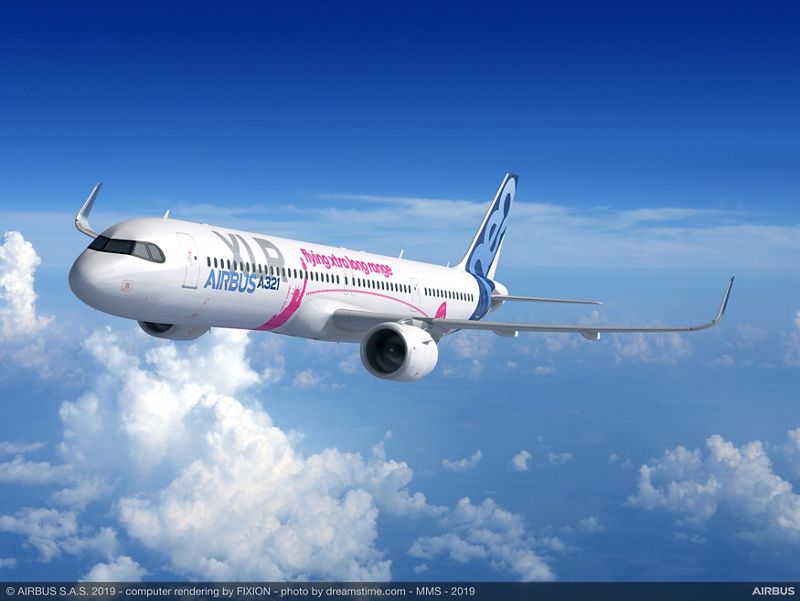Boeing has raised concerns over potential fire-safety issues with the fuel-tank design on Airbus’s newest narrow-body jet, the Airbus A321XLR.
Fuel is usually carried in wings and central tanks. To increase the A321XLR’s range and meet the demand for longer routes, Airbus has added optional extra fuel tanks inside the cargo bay of the longest range of any single-aisle jet. However, Boeing cited that this could pose potential hazards in runway incidents or landing-gear failures.
In a submission to the EU Aviation Safety Agency, Boeing said that “fuel tanks integral to the airframe structure inherently provide less redundancy than structurally separate fuel tanks.”
This latest concept to add optional extra fuel tanks inside the cargo bay caught the attention of EASA in January and said it would impose special conditions to keep passengers safe. In a statement, EASA said:
“An integral fuselage fuel tank exposed to an external fire, if not adequately protected, may not provide enough time for the passengers to evacuate the aircraft safely.”
Regarding this, an Airbus spokesperson said:
“Public consultation is part-and-parcel of an aircraft development programme. As with any aircraft development programme, Airbus is working hand in hand with the airworthiness authorities to fulfil all requirements for type certification.”


